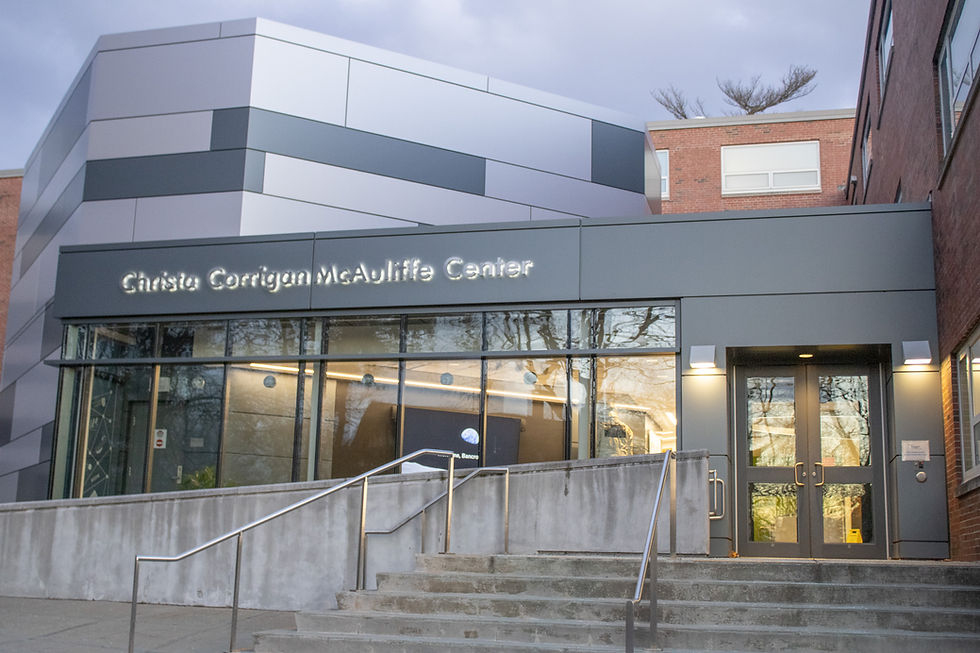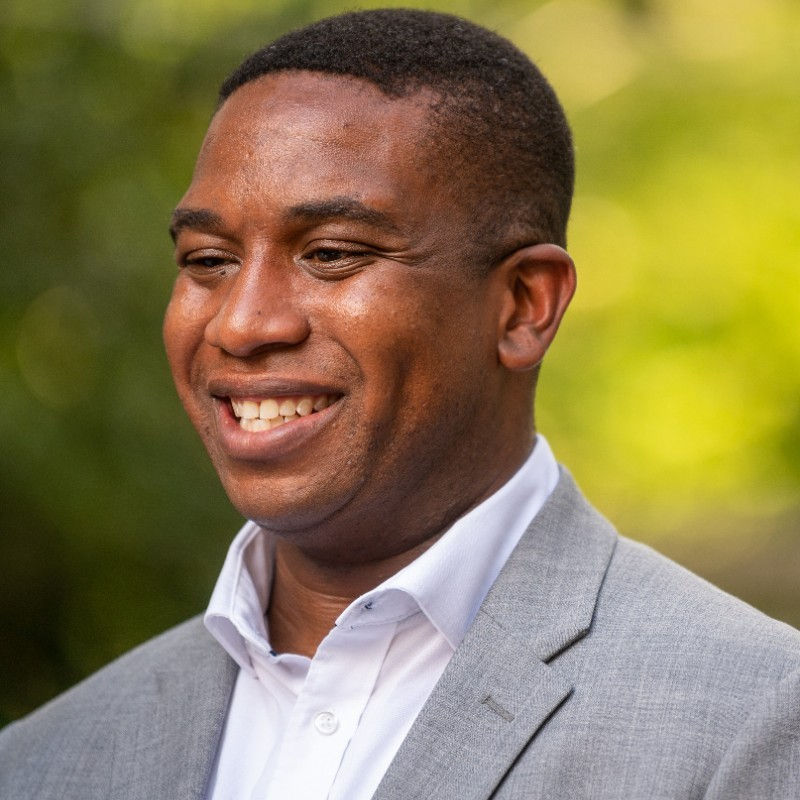FSU receives award for diversity initiatives
- Corin Cook
- Sep 27, 2014
- 4 min read
By Corin Cook
FSU received a Higher Education Excellence in Diversity (HEED) Award this past week for the
community’s efforts to support diversity and inclusion initiatives across campus.
The HEED award, given by “INSIGHT into Diversity,” the largest diversity magazine and website in higher education, was presented to 83 higher education institutions across the country to recognize outstanding efforts and successes regarding diversity and inclusion on a university level. FSU President F. Javier Cevallos said the award was “an outstanding recognition of our recent efforts” at last week’s All University Meeting.
Many FSU students and faculty are proud of the diversity efforts across the campus. “I’ve definitely seen several different cultures since I’ve been coming here, both faculty and students, which is really good,” said graduate student Stephanie Camille. “I have seen a lot of events advertised that seem culturally sensitive to a bunch of different cultures. I just recently even saw something for Alopecia, which I know isn’t a culture, but it’s just simply something that I haven’t seen at other schools.”
According to Sue Dargan, co-chair of the CDI, FSU’s the committee deSnes diversity “broadly and include race and ethnicity, social class, religious identification, gender identification, sexual orientation, and sex – among other categories. Inclusion refers to our eBorts to ensure that all members of our community feel welcome, included, and respected on our campus.”
In 2011, FSU’s Committee on Diversity and Inclusion conducted a study to assess the university’s climate and was “troubled by the study’s findings,” according to the CDI executive report. The study suggested that FSU was lagging behind other universities in diversity-related academic and intellectual experiences. A student survey question also revealed that 75 percent of black students felt that FSU was not a comfortable environment for people from diverse backgrounds.
The study’s results prompted a diversity and inclusion strategy by the CDI, designed to create a diverse and comfortable climate at FSU. Since then, the university has implemented several classes, student
organizations and programs related to diversity. There are currently over 80 courses with diversity-related themes and about 10 student organizations with similar themes.
The most costly diversity efforts the university is undertaking is the creation of a Multicultural Center and the hiring of a Chief Diversity and Inclusion Officer according to Dargan. “The Multicultural Center opened last year, and there is currently a search in place for a Chief Diversity and Inclusion Officer. We are all thrilled with the progress,” she said.
Freshman Jace Williams said, “I think it’s really great that the campus offers many diversity things like the Multicultural Center, those diversity dialogues and the Pride Alliance. I think it [FSU] is really open to being different.”
The importance, Dargan said, is in cultivating a comfortable environment. “We want everyone to feel that this is their academic home. No one should feel like guests in the home.”
Many students do feel that FSU is their academic home and that it is both a diverse and comfortable setting. “I don’t see people being worried about how they come across here, which is really cool,” said senior Emily Teich. “People express themselves here, and it’s a good atmosphere.”
Senior Mackenzie Roy said that FSU’s diversity is evident in “the pictures up here [McCarthy Center] and in the library of the different people that you see around campus and I think that kind of shows how diverse we are.”
Freshman Sam Chandler said, “I think this is one of the most diverse schools I’ve seen in a while. I feel like it’s a really relaxed campus as far as diversity goes. I feel like everyone is really involved with each other.”
Despite FSU’s diversification achievements in events, programs and academics, enrollment numbers seem to show little improvement in racial diversity. From the 2011-12 to 2013-14 school years, the Hispanic population of students rose from 6.8 percent to 8.6 percent and the black population rose from 6.4 percent to 7.3 percent.
However, white population increased from 71 percent to 75 percent, which was the largest increase of all races. Other smaller groups such as Native Americans, Pacific Islanders and non-residential aliens remained generally stagnant, according to FSU Common Data Set documentation.
Some students have noticed this lack of improvement and fail to see award-winning change in diversity over the last few years, and others even doubt the importance of diversity.
“For race breakdown, I haven’t noticed a change, and it’s probably been 60 percent white and 40 percent other,” said senior Eamon Pac. “The only thing I have noticed is an increase in veterans ... a big increase, especially in the last year.”
Pac said he doubts that diversity is as much of a priority as the school contends, asking, “Are you making a push to make someone feel comfortable at the expense of excluding someone else? ... Are we here at college to feel comfortable, or are we here to learn and educate ourselves?”
FSU officials maintain that diversity on campus is a priority. Dargan said, “Having a diverse campus where everyone is welcome benefits everyone. I don’t see that there is any loss. All of our students need to learn how to interact with people from different backgrounds in order to succeed in the workplace and in order to be informed citizens.”





